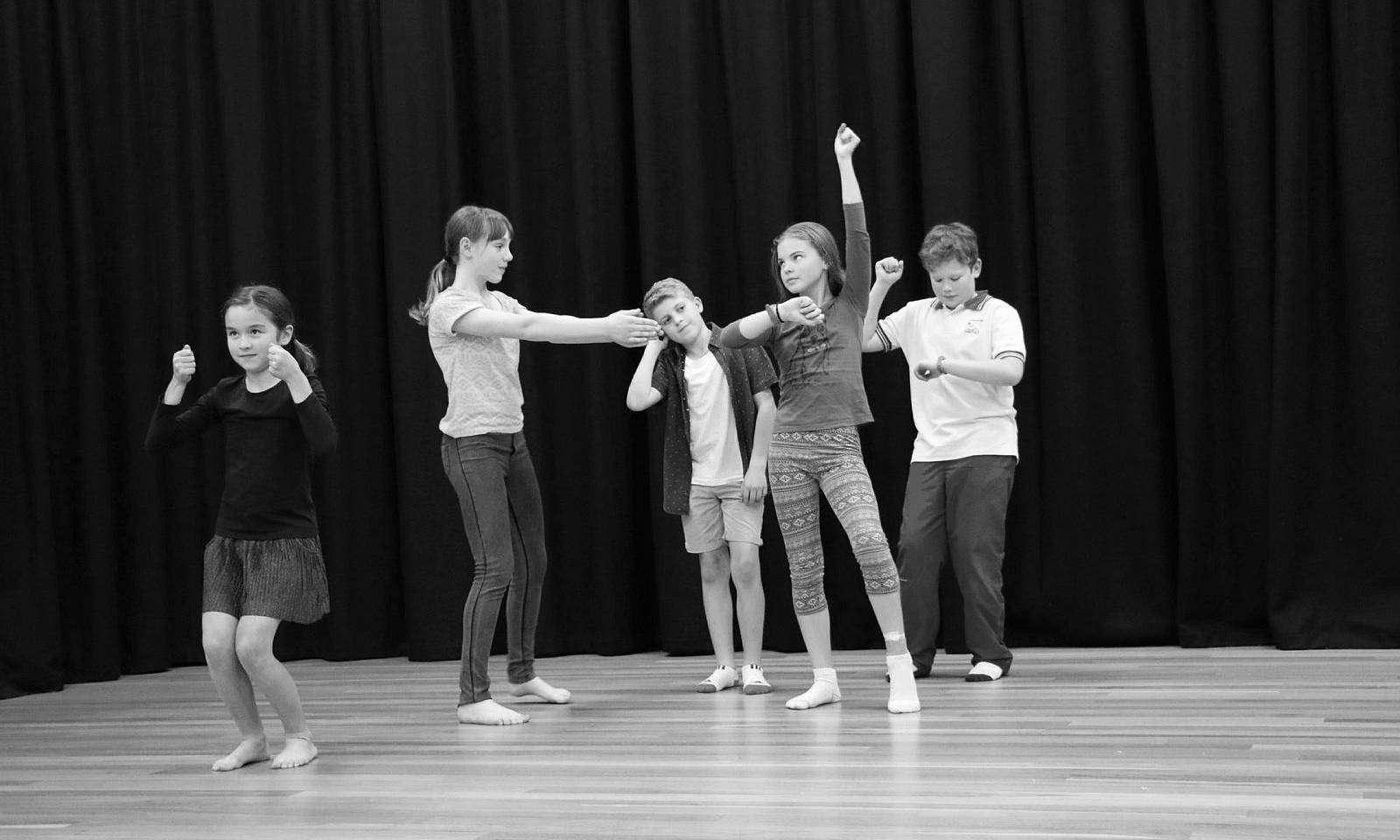Council’s 37 gross pollutant traps (GPTs) collect litter from our stormwater system. GPTs are the last chance to catch litter before it ends up in our waterways and does nasty things to our water quality and our wildlife. Our catchment team has started a new project to determine what is causing the litter in the upstream catchment.
Results will help them identify sources of pollution and measures to help clean our waterways. On average, Council collects 104 tonnes of litter per year from its GPTs - yes, super gross, but it’s better than it getting into our creeks and rivers.
Learn more about Council’s new project that sees a dedicated team collect, dry, and analyse litter caught in the GPTs. Their goal is to identify the source and develop initiatives to reduce litter in our waterways. see our Gross Pollutant Trap project page
Catchments and Waterways
A catchment is an area of land bounded by natural features such as hills, where stormwater flows to a common low point such as a creek, lake or river.
Parramatta and its suburbs cover an area of 84km² at the foot of the Hills district, 24km from Sydney. These hills, and the valley below, make up part of the catchment of the Parramatta River.
The waterways of the Sydney Harbour and Parramatta River catchment represent an enormously significant recreational, scenic and economic resource for the people of Sydney. The catchment includes the central business district of Sydney, and the significant commercial districts of North Sydney and Parramatta.
Current uses and environmental values for the Sydney Harbour and Parramatta River system include maintaining healthy ecosystems, recreation (including swimming, boating, fishing and aesthetics) and commercial activities (such as commercial shipping and tourism).
The creeks of the Upper Parramatta Catchment (including Coopers, Darling Mills Creek, Hunts Creek, Quarry Branch, Finlaysons, Greystanes, Pendle Hill and Toongabbie Creeks), Duck River Catchment and the Lower Parramatta River Catchment (including Vineyard, Subiaco, Clay Cliff, and Brickfield Creeks) all eventually flow into Parramatta River.
The only catchment area in Parramatta that doesn’t flow into Parramatta River is the Lane Cove Catchment, which comprises Terrys Creek and Devlins Creek. These creeks make their way to Lane Cove River.
Catchment Health
Human activity such as development, pollution and stormwater runoff, all have an impact on the health of our waterways and we all need to play a part in the sustainability of our waterways.
Council’s focus is to maintain the natural structures and ecological processes that are essential for the functioning of healthy waterways and meet the needs of the present without compromising the ability of future generations to meet their own needs. Our vision is to have clean waterways where:
- Residents can use the creeks as a place of relaxation and enjoyment
- Visitors come to appreciate the beauty of the Parramatta River
- Weeds are effectively managed
- Birds and other wildlife are seen along the banks
- There is evidence that native fish are returning to the river
- People participate and engage in the issues, solutions and have a connection and ownership of our waterways.
2025 Dam Safety Reports
River Health: Our Living River
The City of Parramatta is a member of the Parramatta River Catchment Group (PRCG), an alliance of councils, government agencies and community groups. Together the PRCG are working to transform the Parramatta River and its tributaries into living waterways, so we can all benefit from what they have to offer.
In 2014, PRCG launched the Our Living River initiative with the:
Vision – We believe Sydney deserves a world class river
Purpose – To make Parramatta River a living river
Mission – To make Parramatta River swimmable again by 2025.
The Vision, purpose and mission are being achieved through the implementation of the follow strategic actions:
Planning & Research - catchment-wide planning and research to make the river swimmable again.
Coordination - collaboration across land and water management organisations, to deliver positive outcomes for the river in a more efficient and effective way.
Advocacy - a partnership approach to advocacy and work together to achieve our mission.
Monitoring & Reporting - a coordinated monitoring program for swimming in the river.
Communications & Engagement – to connect community to the river and build the capacity needed to make it swimmable again.
Click here to find out more.



